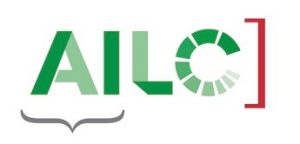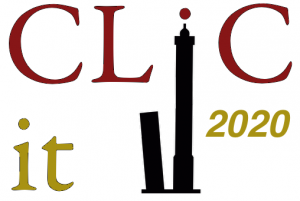
News
- **EDIT 2021: PLEASE NOTE THAT THE COMPETITION IS NOW CLOSED AND THE DATASETS ARE NO LONGER AVAILABLE.**
- 23rd March 2020: the website is online
- 29th May 2020: guidelines and development data available for download
- 18th September 2020: test data available for download
Overview
Internet memes established themselves as widespread visual framing devices. As they are pervasively employed on social media to comment on current events, they play a key role in influencing users’ opinion and imaginary. First introduced in 1976, when the biologist Dawkins used it to describe the cultural counterpart of biological genes, the term meme (from the ancient Greek mimema, “imitated thing”) describes a unit of cultural transmission or a unit of imitation and replication, which – just like the gene – replicates itself by exposure to humans (Dawkins, 2006).

With the emergence of the Internet, the concept was applied to certain viral content that circulates online. Internet memes are understood as “a piece of culture, typically a joke, which gains influence through online transmission” (Davison, 2012: 122). Consistent with the existing literature, our definition of meme is that of a multimodal artefact manipulated by users, who merge intertextual elements to convey an ironic message. Featuring a visual format that includes images, texts or a combination of them , memes combine references to current events or relatable situations and pop-cultural references to music, comics and movies (Ross and Rivers, 2017). 
The pervasiveness of meme production and circulation across different platforms ubiquity increases the necessity to further a multimodal approach of analysis, considering textual and visual cues together and not as separate entities. This task will provide 2000 images, among which 1000 political memes. For every image text transcription, image embeddings, and manual annotation such as offensive language and formal characteristics (i.e. if the meme derives from a standardised macro), will be provided to stimulate the identification of meme instances, clusters and of potential offensive content.
Data Policy
All material is released for non-commercial research purposes only. Any use for statistical, propagandistic or advertising purposes of any kind is prohibited. It is not possible to modify, alter or enrich the data provided for the purposes of redistribution.
This work is licensed under a
Creative Commons Attribution-NonCommercial-NoDerivatives 4.0 International License.


